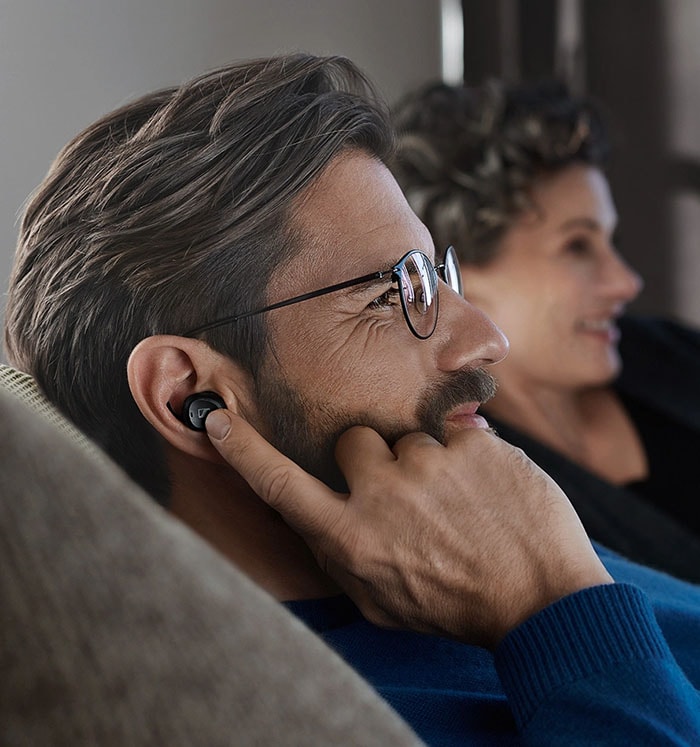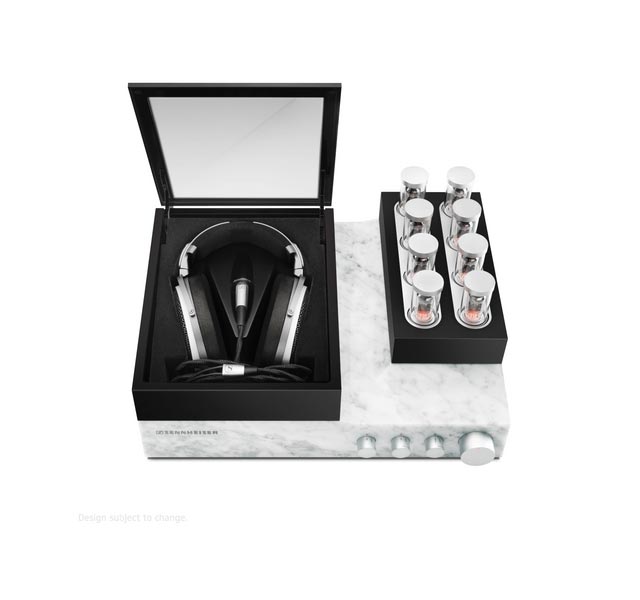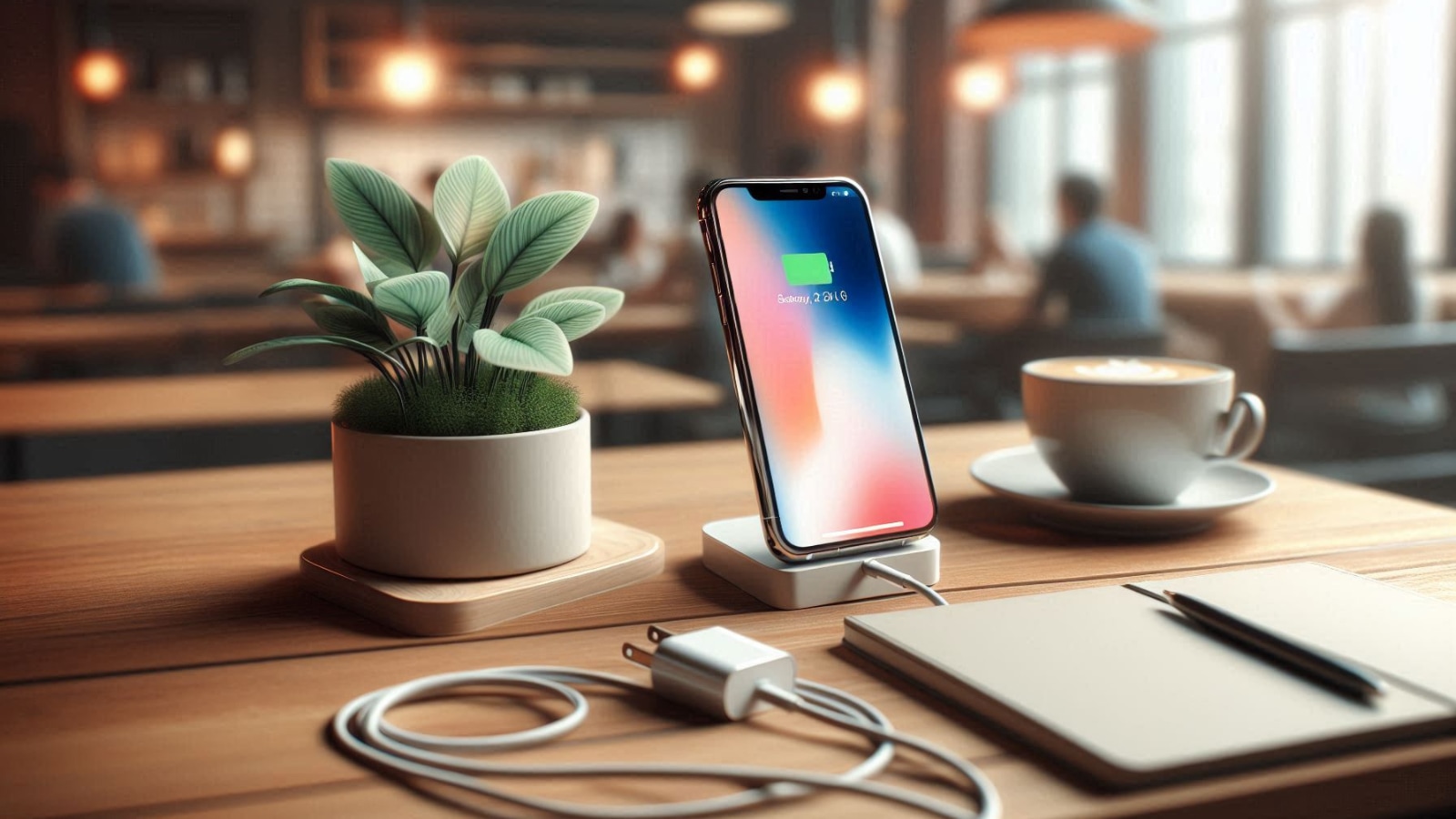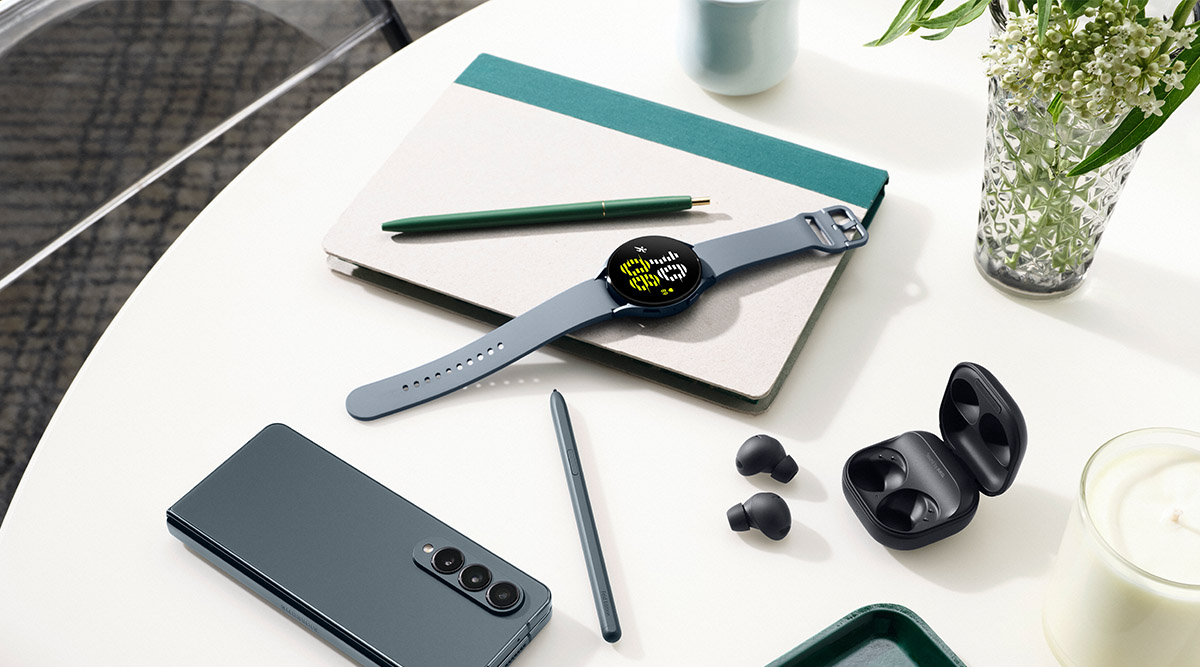This March, Sonova Holding AG, one of the world’s leading providers of hearing care solutions, closed the acquisition of the consumer division of iconic German brand Sennheiser electronic GmbH & Co. KG. Sonova’s newly-created Consumer Hearing business hopes to capitalise on growth opportunities in the booming true wireless headsets market, the emerging segment of speech-enhanced hearables as well as expand Sennheiser’s strong position in audiophile headphones. Nandagopal Rajan spoke to Martin Grieder, GVP Consumer Hearing – Sonova AG, about the acquisition, the future for Sennheiser and their plans for India.
What’s the logic behind Sonova’s acquisition of Sennheiser?
Sonova has been in the industry for over 70 years, providing hearing care to consumers. And over the last couple of years, we have been looking more closely at the consumer journey when it comes to hearing loss. And what we also know is that it takes an average of seven years for a consumer, once he’s diagnosed with hearing loss, to actually buy a hearing aid. There are a number of reasons, there’s cost, there’s stigma.
Often in the beginning people don’t have continuous hearing loss, but only situational hearing loss. From that perspective, we were looking at how we can better serve consumers those who do not yet need a hearing aid but still need a solution. And then we started a couple of years ago to develop devices which offer solutions for situational hearing loss, like hearables with speech-in with speech enhanced functionalities. Then we were looking at things which we obviously needed to complement each other.
Sennheiser has a great brand known across the globe. They have access to consumer channels to sell their products which we don’t and they also have great technology and know-how in the area of audio and sound. And so, if you want to develop and launch a speech-enhanced hearable, then bringing the capability of these two companies together, we are best positioned to win in this new emerging market.
Is the Sennheiser brand going to continue or will it be all Sonova?
When you acquire a company, to a large extent you acquire it for its brand and for its people. So we will continue to build the Sennheiser brand. We also have a licensing agreement with the Sennheiser family in perpetuity for the Sennheiser license, and obviously, we want to keep the consumer bases on board. One interesting point. If you look at our capabilities, we are very complementary. So you know the 600 people we took over from Sennheiser we want to keep them because they bring a lot of competencies and qualities with them that we at Sonova do not have.
Do you think Sonova’s technologies might become an underlying factor in a lot of consumer audio products too?
Correct. So if we look at Sennheiser, we see three growth opportunities moving forward, two of them existing ones, which Sennheiser is already in, and then one new one. Of the two existing ones, one is the audiophile range. We want to continue to develop that position and that strength of Sennheiser. The second one is true wireless (TWS). It’s a fast-growing market, and we want to continue to play in that market. The new growth opportunity for us is hearing care, and it is putting speech enhancement functionalities into consumer devices. For example, we just launched under the Sennheiser brand, a product called TV Clear, which is a TWS form factor that allows you to connect to any TV and which really does a great job at speech enhancement so you can understand dialogue a lot better.
Towards the end of this year or early next year, we will be launching the first speech enhanced hearable for use in noisy restaurants. So you will have great sound quality, great wearing comfort, and great ANC but on top of that also activate speech enhancement so that when you are in a noisy restaurant, you will be able to understand a lot better.
 Sennheiser TV Clear, which is a true wireless form factor which allows you to connect to any TV.
Sennheiser TV Clear, which is a true wireless form factor which allows you to connect to any TV.
The possibilities seem endless because you have lots of places where you are working in a noisy environment and in different industries. So are you thinking about very customised products? You can actually be a game changer in a way.
Yes. So we are also looking at developing hearing protection devices, or home protection devices, coupled with speech enhancement. Sennheiser as of today has maybe three or four TV listeners in their hearing care portfolio and has a strong position, not so much in India, but in other markets. They have a very strong position in TV listeners, and so we are looking at expanding this hearing care portfolio under Sennheiser significantly with speech-enhanced hearables. In the US, the whole over-the-counter hearing care market is opening up and this could again be a potential opportunity for Sennheiser to operate in that market.
And as you mentioned, the Sennheiser brand is very strong, it also comes with a legacy. So people trust the brand, especially when they are going into high-end audio. So how are you looking at that audiophile space going forward?
We definitely want to continue to invest in the heritage and the strength of Sennheiser. Audiophile is an area where Sennheiser is the worldwide leader with a share of around 25% to 30% depending on the market. We will continue to invest heavily in these product segments. We just launched a whole range of products in India which are selling extremely well.
We were also able to take over the original audiophile factory of Sennheiser which is actually based in Ireland. So all our products are now German engineered and all the audiophile products are produced in our audiophile factory in Ireland where we are also planning to create an audiophile Experience Center.
All the products of Sennheiser use their own transducers which are manufactured in Ireland and we will continue to invest in transducers to really be the leading edge in the area of sound quality. In true wireless, our market share is in single digit. So we are a small player compared to some of the heavyweights. We are leveraging our Sound Technology and Quality into those products and really want to build a strong position in the premium segment.
How bullish are you about the smart hearable segment where you also bring in a voice assistant and other smart features into the earphone given that the pandemic has given a lot of traction to the true wireless segment?
As you correctly point out, it’s huge. The worldwide true wireless market right now is about worth $25 billion and it is estimated that it will grow to about $60 billion over the next couple of years because the attachment rate to the phones will increase significantly. So we obviously want to be part of this great growth opportunity. We are looking at certain segments where we have strong competencies and where we can compete and where we can win. We just launched a sports to wireless device which is actually doing really well. We have an innovation roadmap in that area, which also moves us into smart hearables and into sensors down the road.
Wearing comfort is another area. Sonova has years of experience in custom fit due to our hearing aids. We want to look at how can we bring a much better-wearing comfort and custom fit to the hearable markets and have a high market share in that niche.
I always think that the Momentum series is pretty much the pinnacle when IT comes to audio quality on a truly wireless. Do you think you also have scope to create an audiophile segment purely in the truly wireless space?
It’s actually interesting because if you look at the normal premium headphone market, you know wireless has taken this industry in its strides and it has basically revolutionised this segment. But if you look at the audiophile segment, it’s all cable because audiophiles obviously cherish the quality and the pure transmission. Technology is more and more moving to a place where you can actually deliver lossless wireless transmission. And so this is one area we are definitely looking into. And we have a couple of ideas for developing lossless wireless audiophile products. So stay tuned for future products.
What are your plans for India?
The last couple of days we went through market reviews and business reviews, and I’ve come out of these meetings really super excited. If you look at the market, the headphone market is 1 billion and true wireless is now close to 50% of that market. You go back a couple of years it was single digit, so it’s gone through a huge development, and it’s currently still growing at 60%. I was impressed by these phenomenal growth rates. So obviously we want to participate in this market and benefit from these growth opportunities.
Having said that, we really want to focus on the premium market. We don’t think we can and should compete with a $20 wireless device. That’s not our market, we want to focus on the premium market. Over the last couple of years, the entry market or the entry price point market has grown faster than the mid-range and premium market. Recently, the premium market has started to grow as fast as the entry segment. That’s exciting for us and we want to really participate in that market.
Is there an opportunity you’re seeing of people actually moving up the funnel, upgrading from the first, maybe affordable earphones?
Absolutely. There’s been one very successful local Indian company that entered the new buyers market. I look at that as positive because they are really helping us expand the market. They are providing access to millions of Indians to true wireless technology. And then, as India grows more and more affluent year after year, you know those consumers will upgrade and become potential consumers for the Sennheiser brand. So we are definitely looking at you know, targeting those consumers when they upgrade to more premium products.

 The Sennheiser HE 1 is the most expensive headphone in the world.
The Sennheiser HE 1 is the most expensive headphone in the world.
Sennheiser also has this ultra-premium segment. Are you going to continue with the HE 1 for instance?
Yes, so the HE 1 is the most expensive headphone in the world. We are very proud to have that and we continue to sell a number of items every year. We are now actually improving the whole manufacturing process more from a speed point of view so that we can deliver these products faster than before. They were kind of custom-built to order.
That’s step one.
We have the HE 1 at about $60,000. And then we have the next product around maybe $3,500. This is a big gap in between. And that market has started to develop as you now have a number of manufacturers who are selling consumer audiophile headphones from anywhere between $2,500 to $20,000. This is a market which has grown nicely over the last couple of years and this is the market we are definitely looking at entering in order to close that gap between the HE 1 and our other premium audiophile headphones.
!function(f,b,e,v,n,t,s)
{if(f.fbq)return;n=f.fbq=function(){n.callMethod?
n.callMethod.apply(n,arguments):n.queue.push(arguments)};
if(!f._fbq)f._fbq=n;n.push=n;n.loaded=!0;n.version=’2.0′;
n.queue=[];t=b.createElement(e);t.async=!0;
t.src=v;s=b.getElementsByTagName(e)[0];
s.parentNode.insertBefore(t,s)}(window, document,’script’,
‘https://connect.facebook.net/en_US/fbevents.js’);
fbq(‘init’, ‘444470064056909’);
fbq(‘track’, ‘PageView’);






